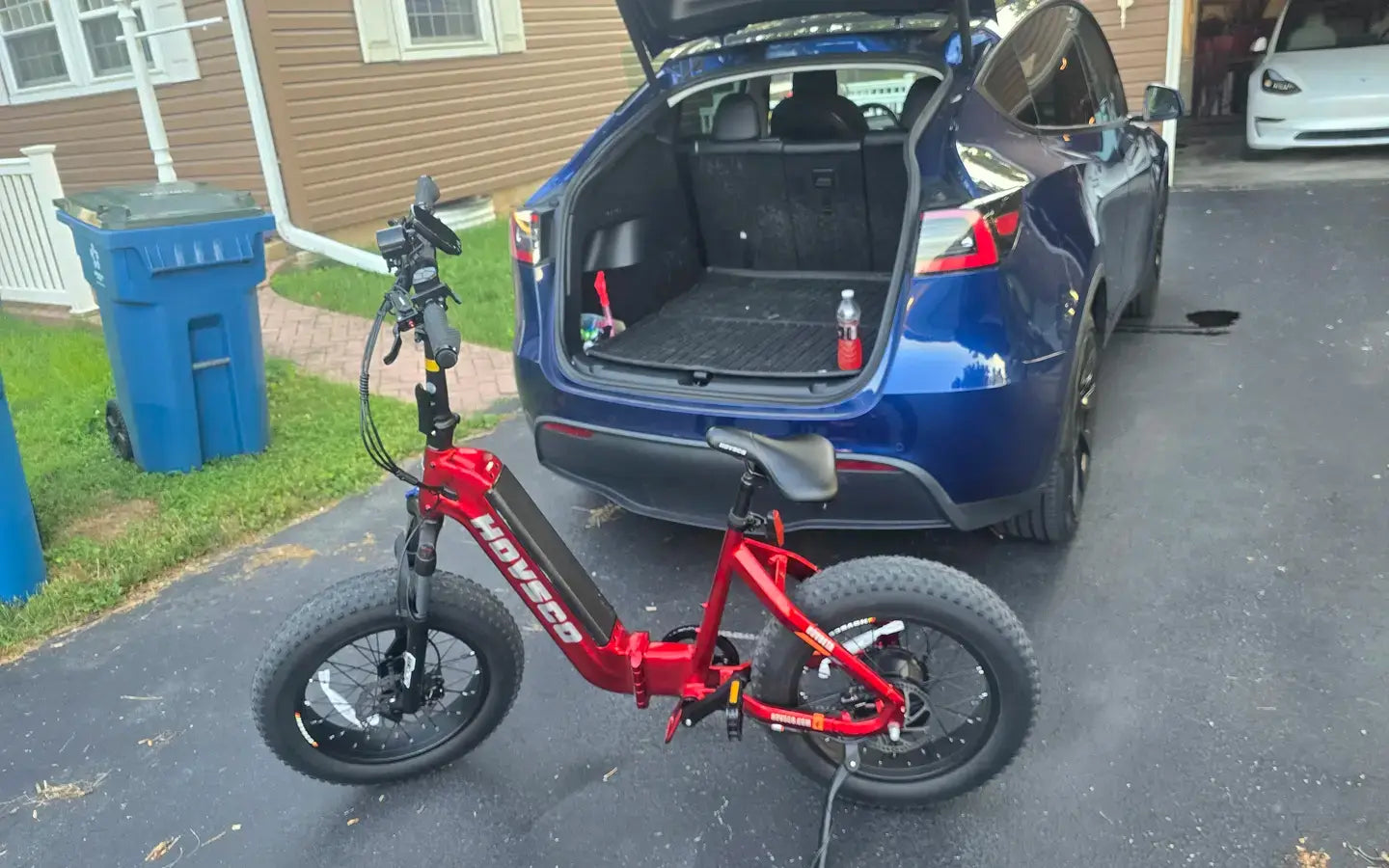
- by LiuJiazhu
What Are the Most Common Bicycle Seat Post Diameters?
- by LiuJiazhu
The most common bicycle seat post diameters are 27.2 mm, 30.9 mm, and 31.6 mm, with 27.2 mm being the standard for most road bikes and 30.9 mm or 31.6 mm favored by many mountain bikes. These diameters must precisely match the internal diameter of the bike’s seat tube to ensure a secure fit and safe riding experience.
Road bikes typically use a 27.2 mm diameter seat post, prized for its balance of strength and weight. Mountain bikes often require larger diameters such as 30.9 mm or 31.6 mm to accommodate tougher terrain and provide extra durability. BMX bikes commonly use smaller diameters around 25.4 mm. Some modern bikes with oversized frames may use diameters up to 34.9 mm or even 35 mm.
Chart: Common Bicycle Seat Post Diameters by Bike Type
| Bike Type | Common Seat Post Diameter (mm) | Typical Use Case |
|---|---|---|
| Road Bikes | 27.2 | Lightweight, efficient riding |
| Mountain Bikes | 30.9, 31.6 | Durability, rough terrain |
| BMX Bikes | 25.4 | Stunt and trick riding |
| Oversized Frames | 34.9, 35 | Heavy-duty, dropper posts |
A seat post must match the internal diameter of the bike’s seat tube exactly; even small deviations (0.2 mm increments are common) can cause the post to either slip or become stuck. Using a post that is too narrow risks slippage and frame damage, while a post that is too wide won’t fit or may cause frame cracking if forced. Shims can adapt slightly smaller posts to larger tubes, but the best practice is to use the exact diameter.
Variations in seat post diameter arise from differences in frame design, material, and intended use. High-quality road bikes often use thinner tubing and thus smaller diameter posts like 27.2 mm, while mountain bikes require thicker tubes and larger posts for strength. Advances in carbon fiber and alloy frames have also introduced oversized tubes and posts to improve stiffness and durability.
Besides diameter, seat posts vary in length, offset (or setback), and insertion depth. Lengths range from about 75 mm to over 400 mm, depending on frame size and rider height. Offset affects saddle positioning relative to the bottom bracket for pedaling efficiency. Proper insertion depth is critical for safety, ensuring enough post is inside the frame to prevent damage or failure.
To measure seat post diameter, use calipers to measure the outside diameter of the post or the inside diameter of the seat tube. Measurements are usually in millimeters and rounded to the nearest 0.2 mm increment. Knowing your exact diameter helps avoid buying incompatible seat posts and ensures a secure fit.
When purchasing a seat post, keep these tips in mind:
“HOVSCO stresses the importance of exact seat post diameter matching for rider safety and bike performance,” explains a HOVSCO engineer. “Our designs typically use 27.2 mm for road bikes and 30.9 mm or larger for mountain bikes to balance strength and weight. Using the correct diameter prevents slippage and frame damage, and we recommend professional measurement or trusted tools to ensure compatibility.”
Q: Can I use a 27.4 mm seat post if my frame requires 27.2 mm?
A: No, even small differences can cause fitting issues. Use the exact diameter or a shim if adapting.
Q: What happens if my seat post is too small?
A: It may slip inside the seat tube, causing instability and potential frame damage.
Q: Are seat post sizes standardized?
A: Sizes are standardized in increments of about 0.2 mm, but many sizes exist, so exact measurement is essential.
Q: Can I enlarge my seat tube to fit a larger seat post?
A: It is possible but risky, as it may weaken the frame. This should only be done by professionals and with caution.
Q: How do I know if I need a seat post with setback?
A: Setback depends on your bike’s geometry and riding position; consult a bike fitter or specialist.
Share:
What Is a Fast Electric Cycle? Ultimate Guide to Speed, Models, and Buying Tips
Why Choose an Aventon Electric Bike? A Detailed Guide to Models, Features, and Buying Tips